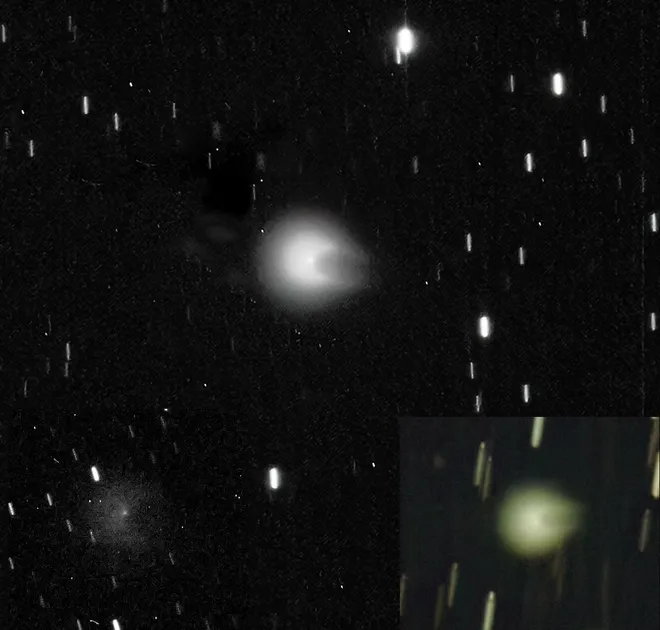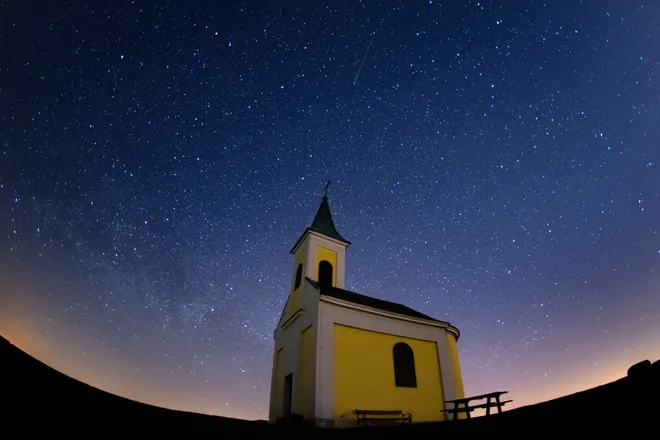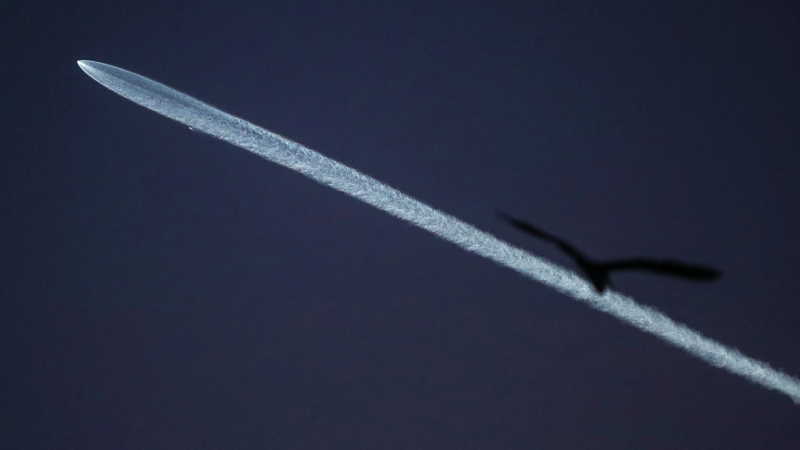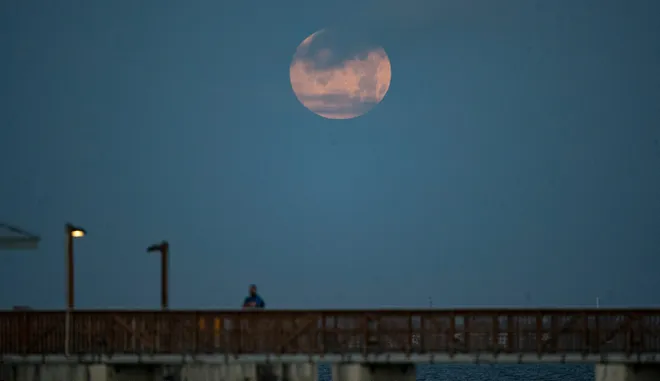Don't stop looking up after the eclipse: 'Devil comet,' pink moon also visible in April
Few celestial events have managed to capture the public's collective attention and inspire such a widespread sense of awe as next week's total solar eclipse.
And considering both the rarity and the sheer grandeur of the cosmic display – the first in North America in seven years and the last for two decades – it's no wonder why. But amid the clamor to watch as the moon passes in front of the sun and ushers in a dazzling sight across the continent, it may be easy to overlook some other celestial events that are also worthy of our admiration.
Come Monday, the 115-mile-wide eclipse will move from southwest in Mexico to northeast in Canada. In the United States, 13 states fall on the path of totality, whereby the moon will completely block the sun's disc, leading to a period of darkness and revealing the sun's outermost layer known as the corona.
When the eclipse has come and gone, a few other celestial events this month will give skygazers other reasons to look up. Here are three of them.
Solar eclipse experiment:Here's why NASA is launching 3 sounding rockets into space during the total solar eclipse
April 21: The 'devil comet'

While the famed "devil comet" may be visible during the solar eclipse itself, astronomers say that the celestial body will be best sighted on April 21.
That's the day that the comet, officially known as 12P/Pons-Brooks, will make its closest approach to the sun in its 71-year orbit of the massive star.
The "devil comet," which earned its demonic nickname from its distinctive tail that resembles horns, is typically visible to only those with the strongest of telescopes. But on the day it's closest to the sun, its brightness should increase so much that it will become visible to the naked eye.
April 21-22: Lyrids meteor shower
The Lyrids, one of the oldest-known meteor showers on record, has reliably peaked every year in late April like clockwork for thousands of years.

The shower, pieces of debris from the Comet C/1861 G1 Thatcher, is one of four major meteor showers each year with a sharp peak. This year, that peak falls between April 21-22, according to EarthSky.org.
The first meteor shower of the spring, the fast and bright meteors of the Lyrids will appear to be flying across the night sky. While NASA notes that the Lyrids can surprise watchers with as many as 100 meteors seen per hour, in general, 10-20 Lyrid meteors can be seen per hour during the peak.

April 23: Pink moon
The pink moon, otherwise known as the first full moon of the spring, will rise April 23.
Named for the moss pink wildflower that sprouts this time of year, the moon won't appear as pink to our eyes here on Earth.

But that won't make it any less spectacular to witness.
As it rises just above the horizon, the pink moon will appear its biggest and take on a golden hue, according to the Old Farmer's Almanac.
Contributing: Doyle Rice; Wyatte Grantham-Philips
Eric Lagatta covers breaking and trending news for USA TODAY. Reach him at elagatta@gannett.com
Disclaimer: The copyright of this article belongs to the original author. Reposting this article is solely for the purpose of information dissemination and does not constitute any investment advice. If there is any infringement, please contact us immediately. We will make corrections or deletions as necessary. Thank you.




